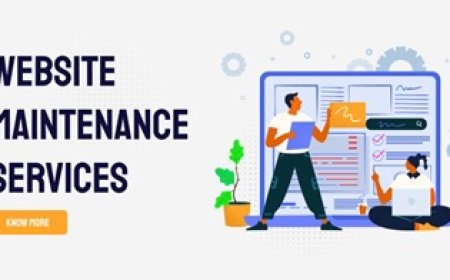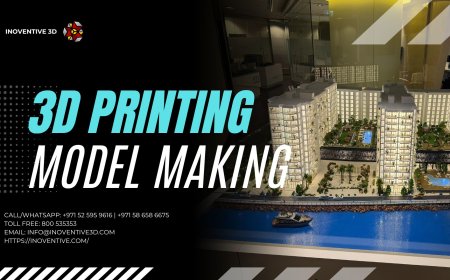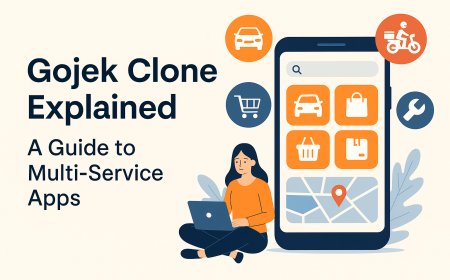Customer Communication Management vs. Customer Experience Management: Where Does Document Generation Software Fit In?
Explore the key differences between Customer Communication Management and Customer Experience Management, and how document generation software supports both.

In todays customer-first business world, organizations are constantly refining how they communicate and interact with their audiences. Two closely related but distinct strategies often come into play: Customer Communication Management (CCM) and Customer Experience Management (CXM).
Both aim to improve customer relationships, yet they differ in scope, tools, and goals. In the middle of this evolving landscape is a key technology that supports both: document generation software.
In this article, well break down CCM vs. CXM, clarify their differences, and explore where document generation software fits into the picture.
What is Customer Communication Management (CCM)?
Customer Communication Management refers to the systems, tools, and processes used by organizations to create, manage, deliver, and track customer-facing communications.
These communications can be physical (printed letters, invoices) or digital (emails, text messages, PDFs, customer portals), and they are often personalized based on customer data.
Key Components of CCM:
-
Templates and Content Management: Pre-defined templates for different communication types.
-
Multi-channel Delivery: Sending documents across email, print, SMS, or web.
-
Regulatory Compliance: Ensuring communications meet legal and industry regulations.
-
Automation: Automatically generating and distributing documents at scale.
Typical Use Cases for CCM:
-
Monthly billing statements
-
Welcome letters or onboarding kits
-
Policy documents (insurance, healthcare)
-
Notifications and alerts
-
Customer service communications
CCM is traditionally document-centric, focusing on the delivery and accuracy of messages, often with heavy regulatory requirements.
What is Customer Experience Management (CXM)?
Customer Experience Management (CXM) is the broader discipline of understanding, managing, and improving every interaction a customer has with a brand throughout the entire customer journey.
It focuses on emotions, satisfaction, personalization, and loyalty. While communication is a part of CXM, its just one element in a larger strategy.
Key Components of CXM:
-
Customer Journey Mapping: Visualizing and optimizing each customer touchpoint.
-
Sentiment and Feedback Analysis: Understanding customer emotions and satisfaction.
-
Data Integration: Merging CRM, behavior analytics, and service data.
-
Personalization at Scale: Delivering customized experiences based on preferences.
Typical Use Cases for CXM:
-
Omnichannel customer service strategies
-
Personalized product recommendations
-
Net Promoter Score (NPS) tracking
-
Post-purchase follow-ups
-
Loyalty program engagement
CXM is experience-centric, prioritizing how interactions make customers feel and whether they drive long-term relationships.
CCM vs. CXM: Key Differences
| Aspect | CCM | CXM |
|---|---|---|
| Focus | Communication delivery and accuracy | Overall customer experience |
| Scope | Narrow (mainly documents and messages) | Broad (entire customer lifecycle) |
| Tools Used | Document automation, output management | CRM, analytics, journey mapping tools |
| Outcome Goal | Clear, compliant communication | Emotional engagement, loyalty |
| Channel | Mostly outbound | Omnichannel (inbound + outbound) |
| Metrics | Delivery rate, readability, compliance | NPS, CSAT, retention, churn rate |
Where Does Document Generation Software Fit In?
Now, lets answer the key question: How does document generation software bridge the gap between CCM and CXM?
Document generation software automates the creation of personalized, dynamic documentsthink invoices, policies, contracts, and reports. Here's how it plays a role in both realms:
Role in CCM: Automating Reliable, Compliant Documents
In the CCM space, document generation software is foundational. It provides:
-
Template-based automation to create consistent documents
-
Data merging from CRMs and ERPs for personalization
-
Bulk generation of high-volume communications (e.g., monthly statements)
-
Multi-format output, from PDF to HTML or print-ready files
-
Audit trails for legal and compliance requirements
Example: An insurance company uses document generation to automatically produce policy updates each quarter, tailored to the customers plan and location.
Role in CXM: Enhancing the Experience Through Personalization
While CXM is broader, document generation still plays a valuable role:
-
Personalized onboarding documents that reflect the customer's choices
-
Dynamic product guides based on previous behavior
-
Responsive documents that adjust content based on device or channel
-
Consistent tone and branding across every touchpoint
-
Real-time document delivery integrated into digital journeys
Example: A SaaS company generates a custom usage report PDF for each user, sent monthly, helping them realize product value and reduce churn.
Unifying CCM and CXM with Document Generation
Forward-thinking organizations are no longer treating CCM and CXM as silos. Instead, they're integrating their strategieswith document generation software as a connective layer.
Benefits of Unification:
-
Faster Time-to-Market: Centralized templates and automation reduce production delays.
-
Seamless Brand Voice: Documents reflect a unified tone across experiences.
-
Personalization at Scale: Leverages both transactional and behavioral data.
-
Improved Compliance + Experience: Meet regulatory needs without compromising on customer engagement.
By integrating document generation into both CCM and CXM platforms (e.g., CRMs, marketing automation tools, and customer portals), businesses can align operational efficiency with a superior customer journey.
Choosing the Right Document Generation Software
To effectively support both CCM and CXM goals, document generation software should have:
-
Low-code/no-code design tools
-
Integration with CRM, ERP, and marketing platforms
-
Support for multiple output formats and delivery channels
-
Security and compliance capabilities
-
Dynamic logic and conditional content features
-
Scalability for high-volume operations
Popular tools in this space include Docmosis, Windward, Smart Communications, Nintex Drawloop, Conga, and Templafy, among others.
Final Thoughts
While Customer Communication Management ensures that businesses can communicate efficiently, accurately, and at scale, Customer Experience Management ensures those communicationsand every other interactionare meaningful and delightful.
Document generation software is not just a backend tool. It plays a pivotal role in both realms by enabling efficient, compliant communication and personalized, valuable experiences.
By placing document generation at the intersection of CCM and CXM, companies can transform static communications into strategic assetsdelivering not just documents, but experiences.


































